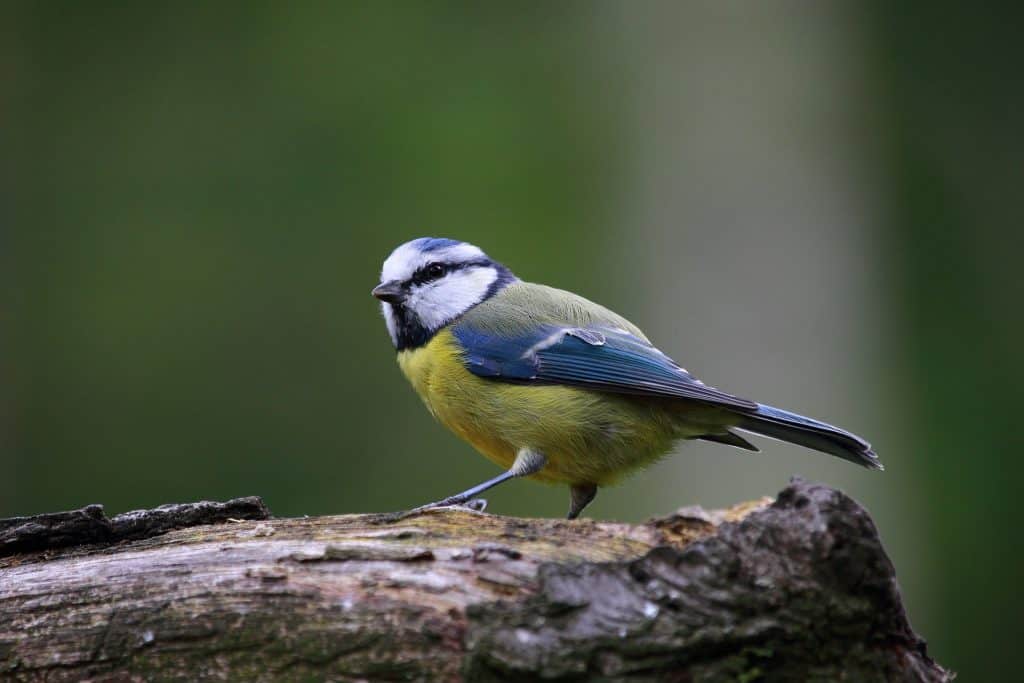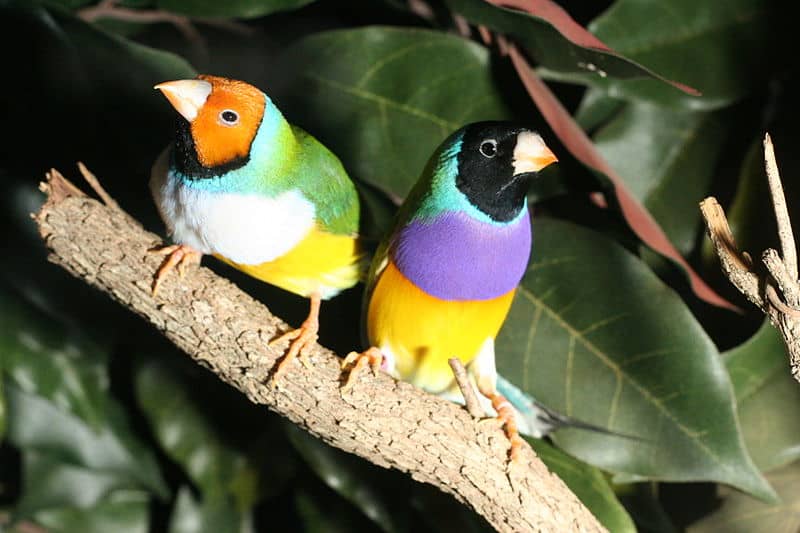We are all familiar with the term ‘finch’ but it means different things to different people. For most people, a finch is a small bird.
To the bird watcher, it is one of a series of species that are commonly seen in certain parts of the country. To the bird keeper, these species are added to with a number of foreign species that are commonly kept in aviculture across the world. And to the zoologist, it is probably ignored as being too general!
Basic description
However, there is a range of characteristics and traits that are shared by the finch species that can group them loosely together. There are several hundred species that come under the finch banner and they tend to be small, seed-eating songbirds that are members of the Passeriformes order. Some of the most instantly recognisable members of the group include the canary, the cardinal, the goldfinch, blue tits, sparrow and weaver species.

In fact, finches can be further classified as ranging from 3-10 inches in size (10-27cm). Because they are seedeaters, they have a conical bill that can crack open the seeds of grasses and weeds and many of them eat insects as well.
Finches often are brightly coloured, with red being among the favourite feather shades but the colouration is often dictated by where they live – for example those whose live in grasslands or low bushes tend to be less eye catching.
Where do you find finches?
Finches are very widespread ranging from the North to the South of the planet and tend to be found everywhere save the most extreme areas. They are often the dominant type of bird in terms of numbers are variety of species and some species can be spread across massive ranges, such as the House Sparrow.
Where they live often dictates when they breed but the nesting habits are all loosely based on the same ideas; a small nest is built with twigs, grasses and roots either in a bush, tree or even on the ground. Average clutches are 4-5 eggs and sometimes the female does the incubating or something both birds take their turn. Two or even three broods can be raised per season depending on conditions and health of the birds.
Another factor with finches is their song – they range from gentle chirps to astoundingly varied songs and this singing ability is perhaps one of the first things that attracted man to keeping these birds. The canary is a classic example of a wonderful songbird and is one of the most widely kept finches around the world.
Passerines
As mentioned, all birds classified as finches are part of the passerines group of species, of the order Passeriformes, though conversely not all passerines are finches. In fact, the Passeriformes order contains more than half of the known bird species, numbering over 5,000 worldwide. This means there are twice as many species of passerine than there are of the largest order of mammals, the rodents.

There is fantastic diversity between the passerine species but one common feature is the arrangement of their feet – three toes pointing forward and one backwards. This allows them to perch on branches and gives them another nickname, perching birds.
The exact order of who is related to who in the passerine family tree is frequently changing as scientists learn more about the birds at a genetic level. But many of the most familiar birds that we will encounter, or have the pleasure of keeping, are well known and therefore accurately categorised.
This knowledge is important to bird keepers to avoid cross-breedings of one species to another or to know who can live happily with each other. Birds, like humans, don’t always live well with their relatives!
Learning more about finches
Because ‘finch’ is like the term ‘softbill‘ and is a general term that is familiar to many bird keepers but maybe not so popular with zoologists, you can get some debate over who comes into the family and who doesn’t. Understanding the relatives of an individual species you plan to keep is often more useful than seeing the whole tree of species. And as we learn more about some rarer species, others may move out of the category all together!
5